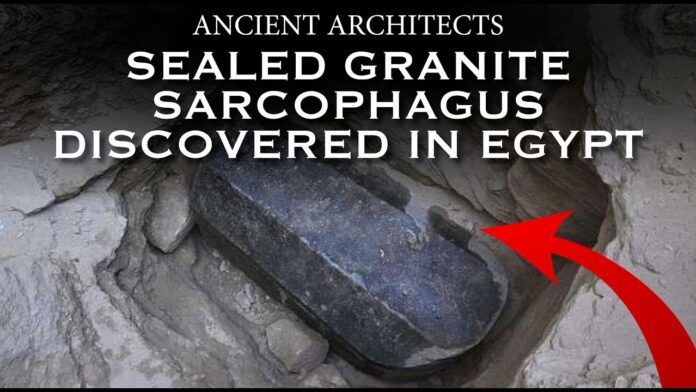From myth to reality: The dark waters of Alexandria’s mystery coffin
In the heart of Alexandria, within the Sidi Gaber district, archaeologists from Egypt’s Ministry of Antiquities stumbled upon a find that could have been ripped from the pages of an adventure novel: a colossal black granite sarcophagus, shrouded in mystery and dating back to the Ptolemaic period, around 323-30 BCE. This era, nestled between the demise of Alexander the Great and the Roman conquest, has long captivated historians and adventurers alike.
The discovery of such a sarcophagus, measuring an impressive 2.5 meters, sparked a mix of excitement and dread among the team. Superstition whispered of ancient curses, reminiscent of tales told alongside the exploits of cinematic heroes like Brendan Fraser’s character in The Mummy franchise. Yet, the lure of uncovering history with their own hands outweighed the fear of mythical retributions.
When the seal, a layer of mortar untouched since its closure, was finally broken in 2018, the team held their breath, half-expecting the remains of Alexander the Great himself. Instead, they were greeted by the sight of three skeletons, submerged in a pool of stagnant, reddish water—a grim tableau that spoke volumes of the sarcophagus’s true occupants.
Initial assessments suggested these were the remains of soldiers, one bearing the silent testimony of an arrow wound. The discovery, though not of royal lineage, offered a poignant glimpse into the lives and deaths of those who lived over two millennia ago. The presence of three male warriors entombed together in such a significant sarcophagus raised questions about their identities and the circumstances leading to their communal burial.
The operation was not without its challenges; the overpowering stench of the ancient water forced the team to retreat, allowing the sarcophagus to air before they could continue their examination. This detail alone ignited a bizarre fascination online, where thousands signed a petition expressing a desire to drink the murky liquid, naively hoping for supernatural benefits. This macabre curiosity was, fortunately, left unindulged by the authorities.
Now relocated to the Alexandria National Museum, these ancient soldiers await further study and restoration, promising to unveil more about their origins, their lives, and the world they inhabited. While the opening of the sarcophagus did not unleash the curses of old, it did reveal a fascinating slice of history, turning superstition into an opportunity for discovery and learning
